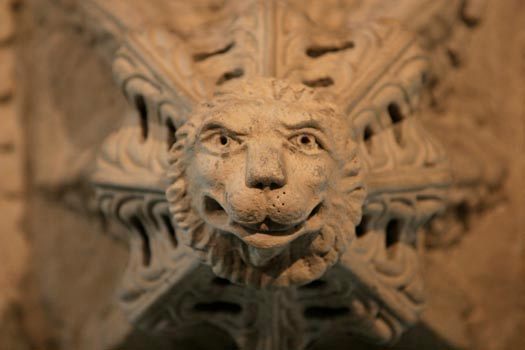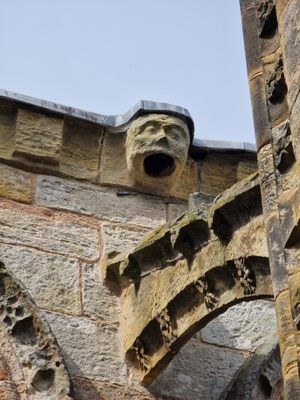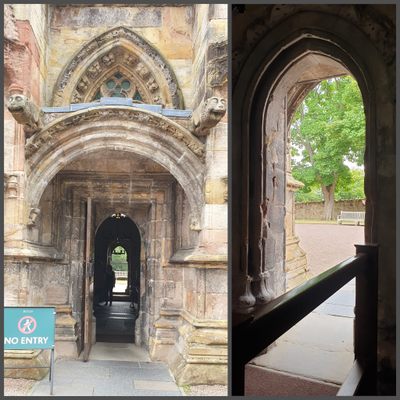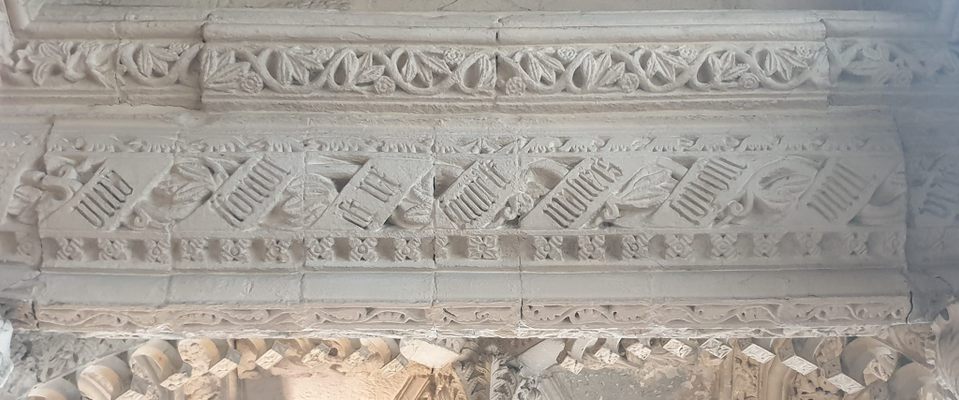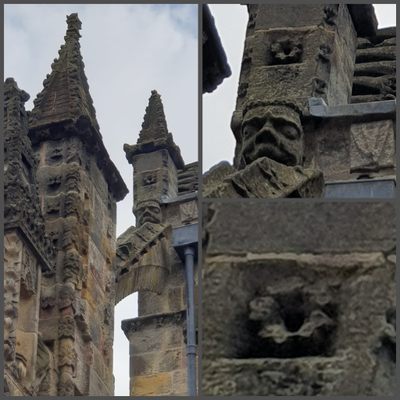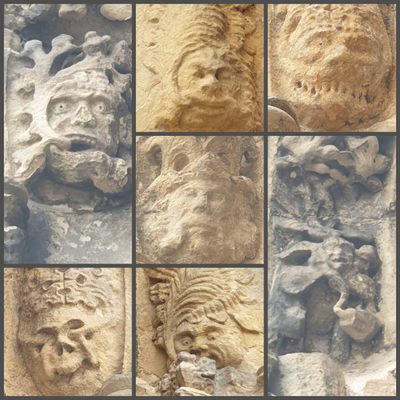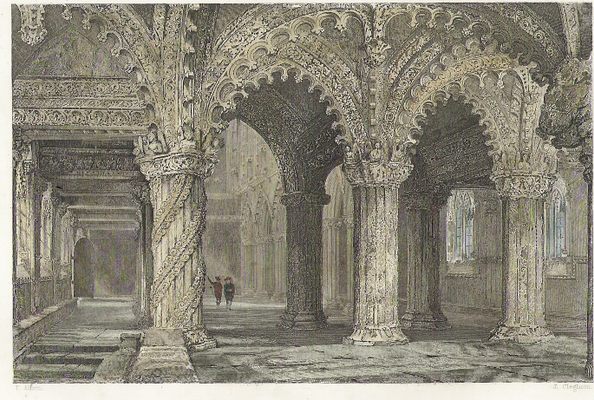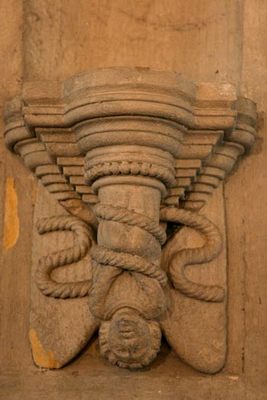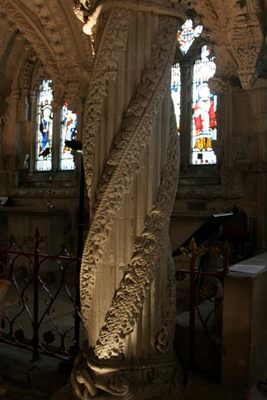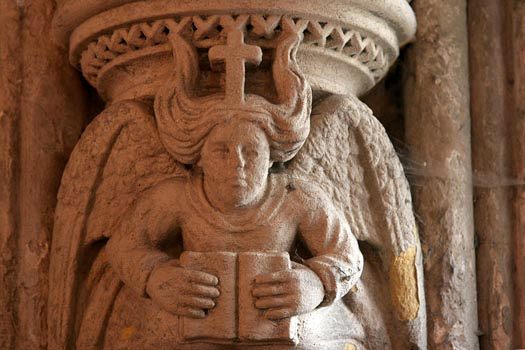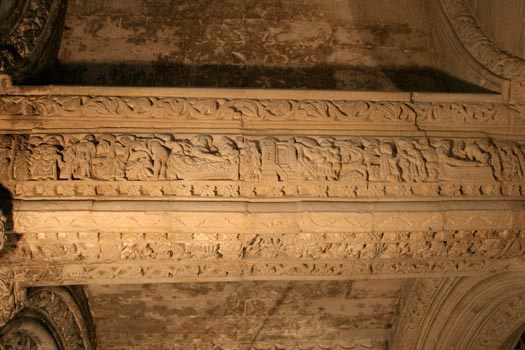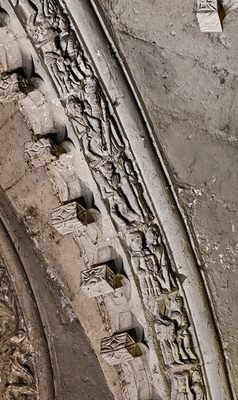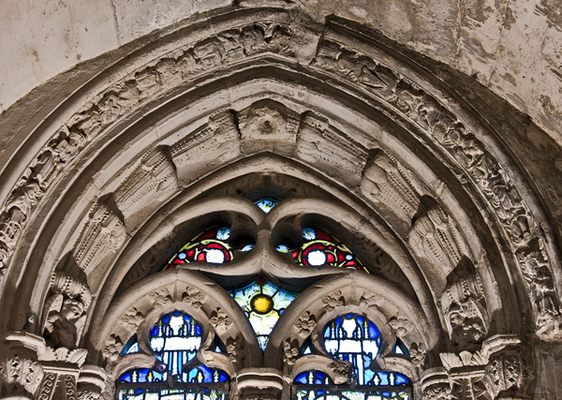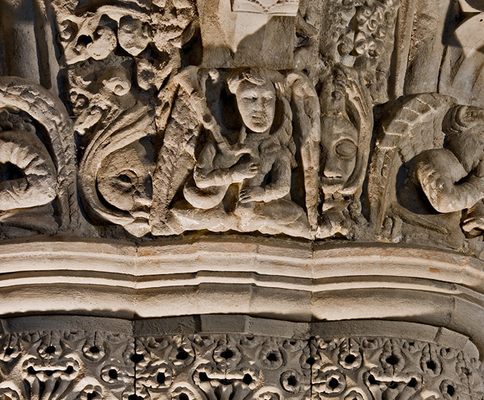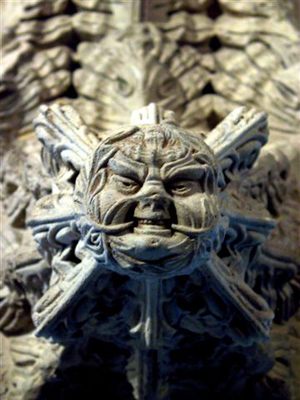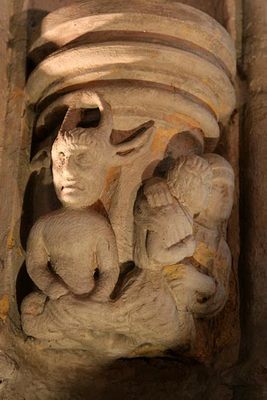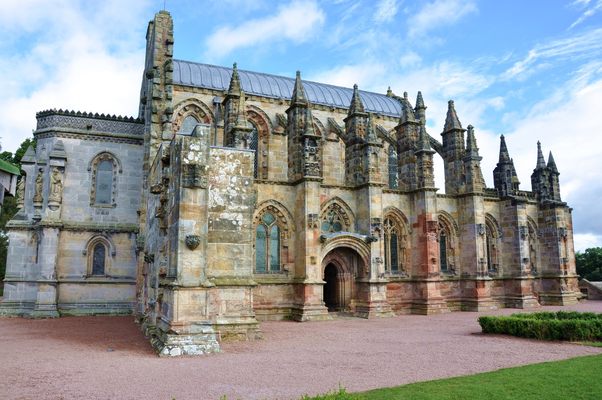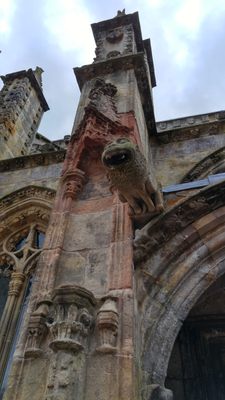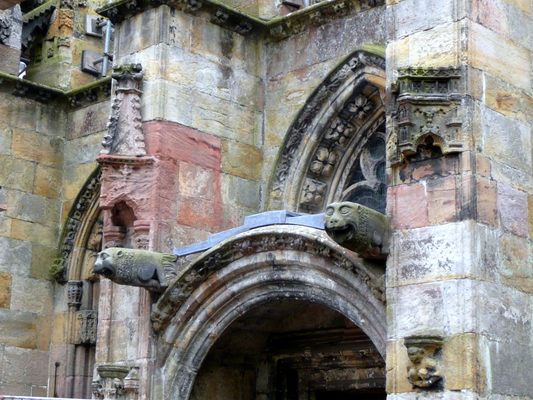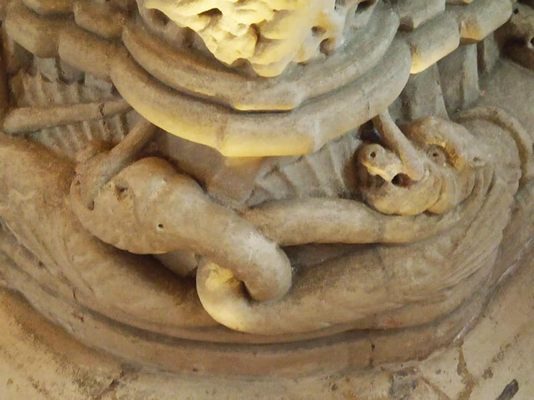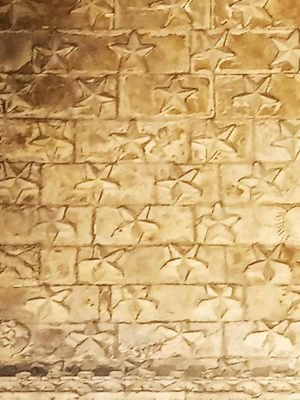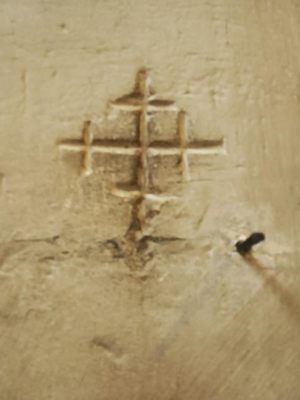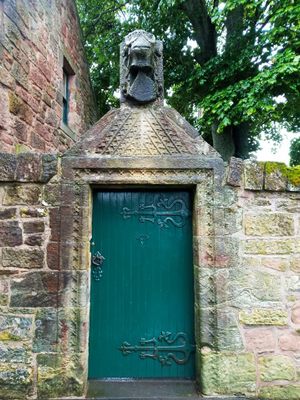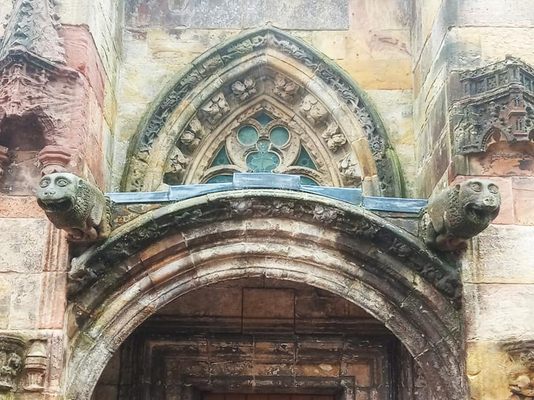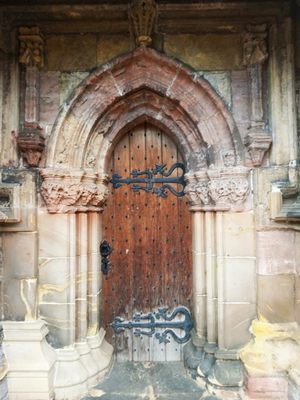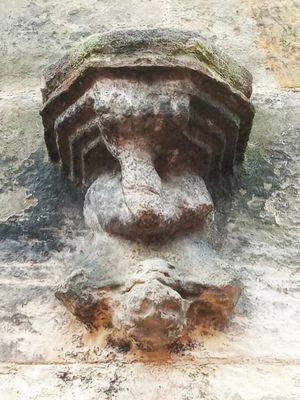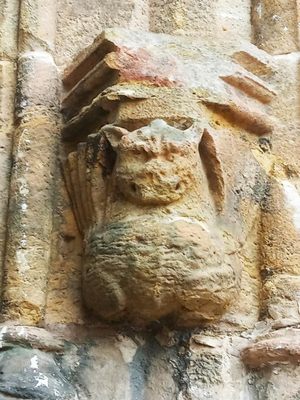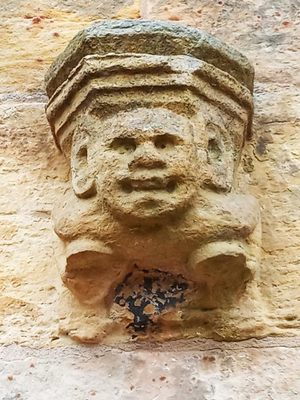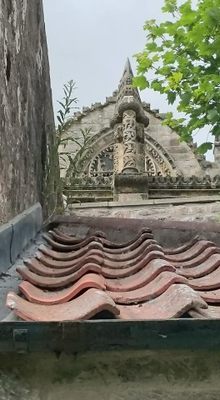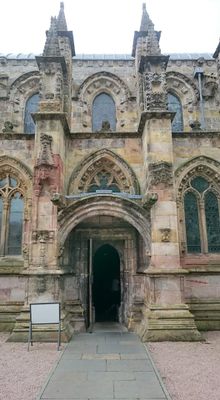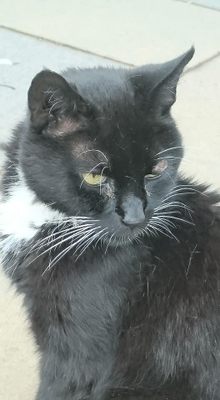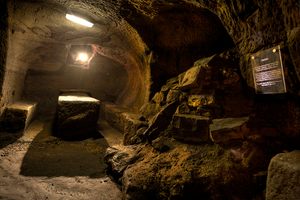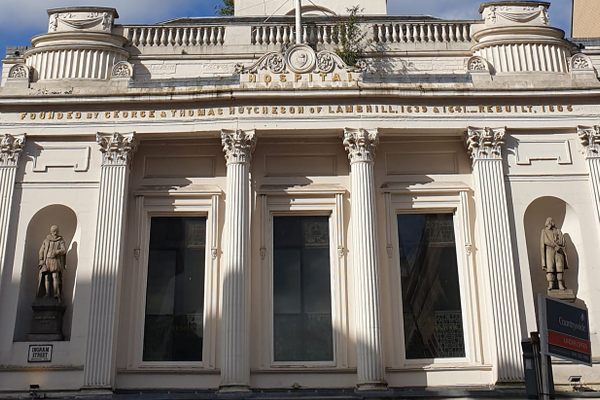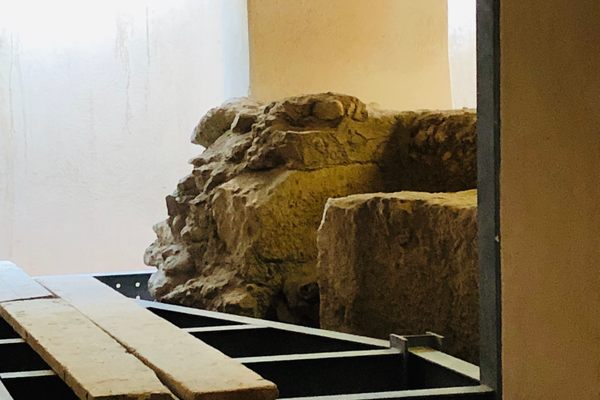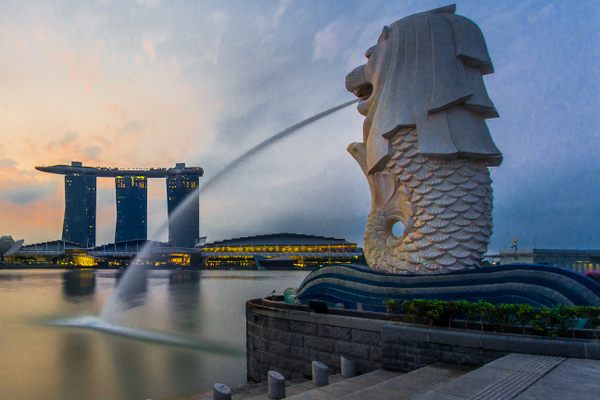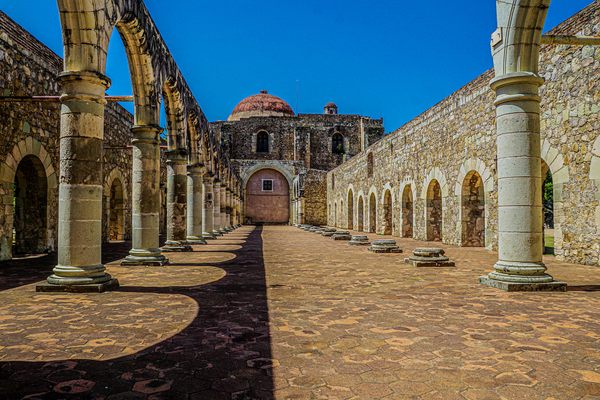About
In Roslin, a picturesque Midlothian village as tiny as it is unknown, stands the enigmatic Rosslyn Chapel, one of the finest examples of Scottish Gothic architecture in existence.
The Rossyln Chapel shouldn't be regarded as another decaying ruin like the hundreds of haunted castles you’ll find in your Scotland explorations. Popular among mystery enthusiasts and treasure hunters, (especially since Dan Brown sourced it in his bestseller) the chapel has stirred the imagination for over 500 years, while the atavistic stories, old as time and Christianity itself, are still being spread in the modern day. Described as “a poem of stone, powered by stars,” the infamous miniature temple represents more than a religious landmark for many, and its breathtaking sculptures question the realities of our occidental history, unexpectedly morphing it into epic fiction.
From the Dance Macabre motif to the Seven Virtues, or the Nordic dragons to the over 100 pagan “Green Men” figures, the sculptural ornaments adorning the church are sometimes misleading. They comprise a syncretic iconography that is one of the more puzzling of the European Heritage, an architectural brain teaser that presents a quirky reexamination of the knowledge of our past. Needless to say, the speculative theories that emerged around Rosslyn caused a surfeit of enraptured minds and sleepless nights for the relentless art historians, freemasons, and conspiracy aficionados that investigated the case.
Here is a handful of historical facts that can be confirmed:
Founded as a collegiate church around 1450 by William Sinclair, 1st Earl of Caithness and Baron of Roslin, it was a Roman Catholic place of worship, serving polyphonic masses and religious ceremonies for the Sinclair family until the Scottish Reformation in 1560. Closed to the public in the 18th century, it reopened later as a Scottish Episcopal Church and then fell into disrepair, serving as a melancholic setting for British painters of the Romantic movement and their evocation of spiritual introspection.
In the 14th century, at the high point of the Crusades debacle, Templar Knights scattered throughout Europe to flee King Philip IV's prosecution and threats of death by fire. The myth goes that a small group of fellow knights flocked into Scotland with the coveted Templar treasure they were bedeviled for. Finding support under King Robert the Bruce, the legend says, they hid their gold and holy relics in several locations across the territory, one of them being the vault of Rosslyn Chapel. The surreal list of artifacts that were (and might still be, according to some inspired historians) being kept in and under the Chapel is positively stunning – the embalmed head of Jesus Christ, his wooden cross, the Holy Grail, scrolls of Gospel by Christ himself; or in brief, the entire Christ's Passion set of regalia. Add to that the Himalayan-sized mountain of gold composing the treasure of the Templar and it adds up to quite a legendary treasure. It's no wonder that the Rosslyn Church got such attention.
While no specific concrete evidence has been found of the treasure, the church itself apparently bears here and there discreetly carved symbols representing the two riders on a single horse, the well-known seal of the Templar.
On the other side of this legendary spectrum, the Scottish rites of Freemasonry, questing for authentic historical evidence of their symbolic heritage and to validate their filiation with the Templar Knights, used the unusual symbol to legitimize the antiquity of their past. The so-called “Apprentice Pillar,” a singular double ellipse-shaped column, (said to depict the crisscrossing of a DNA sequence) became, through the lens of the Masonic interpretation, the tangible proof of one of the founding myths of Freemasonry. A jealous Master Mason allegedly murdered his apprentice, hitting him on the forehead with a hammer, for the absurd crime of having built a pillar intuitively without having traveled to see the original column, thereby short-cutting the building process.
Others affirm that the Rosslyn Chapel's plan was modeled after the Temple of Solomon. In 1996, the church was also featured in The Hiram Key, where masons Christopher Knight and Robert Lomas presented theories on the origins of Freemasonry. In their controversial text, the two authors defend the theory that carvings surrounding some ogive-shaped windows are adorned with a maize motif, a type of corn only found on the American Continent. According to them, the presence of corn-shaped sculptures, fifty years before Columbus discovered the New World, demonstrates that William Sinclair traveled to Americana before the Italian navigator.
More recently, the colossal renovation plan and stonework repair project has undergone to save the crumbling Rosslyn Chapel outed another surprising fact. After invasive jackdaw nests damaged the roof pinnacle to the point where it was ready to collapse, workers took the unstable structure apart brick by brick and revealed a small chamber specifically made by the stonemasons to contain a beehive. The apiary is still active and can be located on the eastern-southern side. There is a face next to a metal drainpipe and a stone depicting a flower.As the most recent unusual fact surrounding the chapel, the centuries-old honeycomb, long since emptied of any insects, seems to prove that the arsenal of mysteries lurking in the old country
The church contains other structural features. The easternmost arched doorway is a "whispering door," where confessions were given. The priest standing at the lefthand side and the guilty murmuring their transgressions on the right. The only words carved into the structure can be located on an arch just before the steps to the crypt. The medieval carving, translated from Latin, reads: "Wine is strong. The King is stronger. Women are stronger still. But truth conquers all." It has been noted that the ornate imagery of the chapel was to educate and impress both illiterate and educated worshipers.
Related Tags
Know Before You Go
Unfortunately, no video recording or photos are allowed inside the church. The exterior of the Chapel is except from this practice.
For its size, the Chapel is quite small. It is highly advised to book tickets in advance to avoid disappointment. Tickets may be purchased through their website.
Once inside the church, visitors are free to roam around at their leisure. Due to it's age, there are certain areas were the floor is uneven or may be inaccessible for people with mobility issues.
There is at least one Guide inside the church at all times to answer questions, as well as giving a 20-minute public lecture on the history of the Chapel and pointing out it's various features. These talks are offered Monday - Saturday, early AM and late PM timed slots. Sundays, just the late afternoon.
As this is a functioning Church, services are still in operation. To get more information on days and times go here. An online service is offered every Sunday at 11 a.m. on the church's Facebook page.
The number 37 Lothian bus (37Penicuik (Deanburn) will take you on an 1/2hour long drive from Edinburgh. The stop is the Original Rosslyn Hotel, just a 2 minute walk across the street to the Chapel. Buses operate every 30 minutes.
NEW - Flavors of Scotland: Beyond the Haggis
Smoked seafood, single malt whisky, and warm hospitality.
Book NowCommunity Contributors
Added By
Published
March 19, 2013
